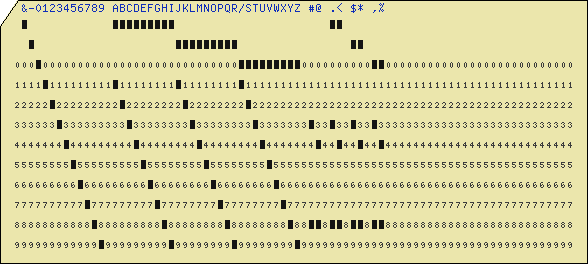Dawn of Computers
Difference Engine
Charles Babbage, an English mechanical engineer and polymath, originated the concept of a programmable computer. Considered the father of the computer, he conceptualized and invented the first mechanical computer in the early 19th century. In 1823, on a commission from the British government, he began designing and building the Difference Engine to calculate values for polynomial functions.
After working on the machine for ten years he realized that a much more general design that could be instructed to perform arbitrary computations was possible and began to focus on that project.
Charles Babbage (1791-1871), computer pioneer, designed the first automatic computing engines. He invented computers but failed to build them. The first complete Babbage Engine was completed in London in 2002, 153 years after it was designed. Difference Engine No. 2, built faithfully to the original drawings, consists of 8,000 parts, weighs five tons, and measures 11 feet long.
| The Babbage Engine |
Whereas the Difference Engine could only calculate the values of polynomial functions, the new Analytical Engine would be able to do any calculation. The Engine incorporated an arithmetic logic unit, control flow in the form of conditional branching and loops, and integrated memory, making it the first design for a general-purpose computer. Input of both programs and data was to be provided to the machine via punched cards, a method being used at the time to direct mechanical looms such as the Jacquard loom. Punch cards were to remain the dominant way of feeding a program into a computer until the 1970's.
| 1960's Era computer punch card | |
 | |
Ada Lovelace
Ada Byron Lovelace collaborated with Babbage on documenting the Analytical Engine. She is often credited as the first programmer, having developed the first algorithm - one to calculate Bernoulli numbers - specifically designed to run on a general computational device. She also saw the potential for calculation to be applied to tasks other than strict number crunching:
The Analytical Engine might act upon other things besides number, were objects found whose mutual fundamental relations could be expressed by those of the abstract science of operations, and which should be also susceptible of adaptations to the action of the operating notation and mechanism of the engine
Supposing, for instance, that the fundamental relations of pitched sounds in the science of harmony and of musical composition were susceptible of such expression and adaptations, the engine might compose elaborate and scientific pieces of music of any degree of complexity or extent.
| Ada Lovelace | |
The Analytical Engine might act upon other things besides number, were objects found whose mutual fundamental relations could be expressed by those of the abstract science of operations, and which should be also susceptible of adaptations to the action of the operating notation and mechanism of the engine Supposing, for instance, that the fundamental relations of pitched sounds in the science of harmony and of musical composition were susceptible of such expression and adaptations, the engine might compose elaborate and scientific pieces of music of any degree of complexity or extent. |  |
Babbage was a man ahead of his time - manufacturing the fine clockwork mechanisms required for his Engines was impossible with current technology. Neither engine was ever completed in his lifetime. But sixty years after Babbage developed the idea of the Analytical Engine, another inventory would successfully build a machine that would transform the way governments and businesses processed information.
Computer Use in 1880 Census
The 1880 census had taken seven years to process and it was estimated that the 1890 census would take approximately 13 years to complete. Since the U.S. Constitution mandates a census every ten years, that meant the data would be obsolete before the results were available. Herman Hollerith invented a machine that could be used to tabulate data on punchcards, that could then easily be sorted or tallied mechanically. Using this machine, the 1890's census was completed in just one year. This success sparked a revolution in business data processing - the company that Hollerith founded would merge with three other companies to become International Business Machines (IBM).
| The Hollerith tabulating machine | |
U.S. Census Bureau employees operating the Hollerith tabulating machine during the 1880 census |  |
Adapted from Chemeketa Community College's Computer Science Dept's CS160 Reader
© Copyright  This work is licensed under a Creative Commons Attribution-NonCommercial 4.0 International License.
This work is licensed under a Creative Commons Attribution-NonCommercial 4.0 International License.
